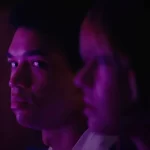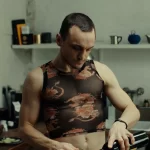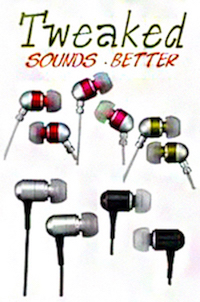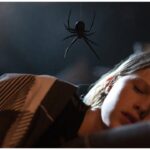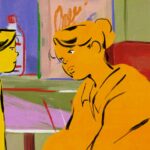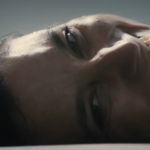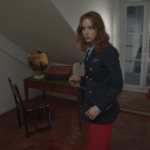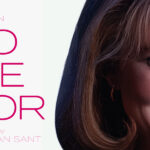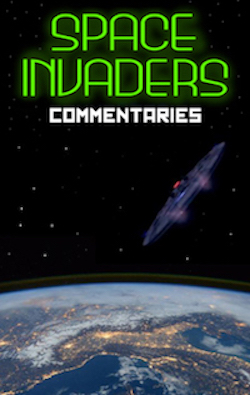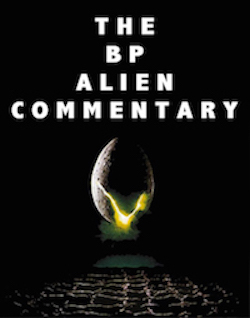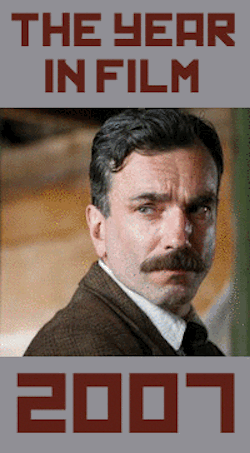We the Animals: I’ll Fly Away, by David Bax
At the beginning of Jeremiah Zagar’s We the Animals, we meet three boys, brothers, all close in age. They run and play in their modest house and the surrounding woods. One of them is narrating but we can’t quite tell which. It doesn’t matter; they move and speak almost as one, in their naturally established rhythms and rituals. What follows is an achingly beautiful account of the youngest member of this family unit transforming into an individual, a coming of age story unlike any you’ve seen before.
Based on the reportedly semi-autobiographical novel by Justin Torres, We the Animals takes place sometime in the 1980s or early 1990s and is told in a cinematic version of first person limited. At the end of that opening sequence, the youngest brother, Jonah (Evan Rosado) sneaks under the bed the three of them share to draw in a hidden notebook. Already, Jonah has his own interior life and from that point on, he is our only way into this world. From the hard and dysfunctional relationship between his parents (Raúl Castillo and A Girl Walks Home Alone at Night‘s Sheila Vand) to the increasing emotional hardness of his older brothers (Josiah Gabriel and Isaiah Kristian), the camera perceives no more than Jonah does. This is his story, even if it contains much that he can’t understand.
Chronologically, We the Animals is straightforward but little else about it could be described that way. Zagar constructs it almost as if it’s a rough assemblage of Jonah’s memories. They are tactile enough to feel immersive yet they are incomplete snatches. We glide from one to the next according to a rhythm known only to Zagar and his protagonist.
The story takes place during the summer months, so we see Jonah and his brothers interact with almost no one other than their parents and each other, the exception being an older neighbor boy and his grandfather. That means we hardly leave the family’s modest rural property, which Zagar presents more as a metaphysical space than a literal one, as defined by its architecture and parameters as much as it is by the shadows of the clutter in the living room or the smudged reflections in the windows.
There is one other main location, actually: Jonah’s subconscious. Those secret drawings of his become crude yet graceful animated interludes, wordless allegories for the new feelings he can’t yet process on his own. It’s a safe place for Jonah to go even as the imagery becomes increasingly violent. His brothers turn into winged, wolf-faced monsters. His parents tear each other apart or are torn apart at the hands of an un-glimpsed figure who may be Jonah himself.
We don’t know how these thoughts of Jonah’s compare to those of his brothers but we can see that they are maturing in different ways than he is. As children become their own people, they learn different lessons from the same events. It’s the natural order of things and yet it is chaos. We the Animals treats the coming of age not as a mapped out series of milestones but as it often truly is, a painful, tortured metamorphosis. At the end, though, hopefully, you still get a butterfly.






